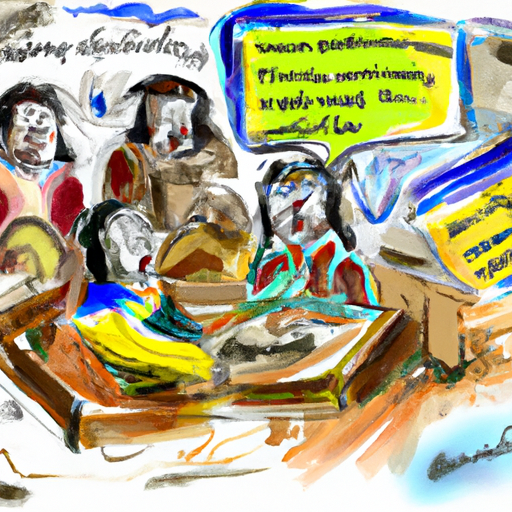Navigating the Opioid Crisis in Northern B.C: Engaging Indigenous Communities
Today’s issue brings us to the critical topic of opioids and the severe hit it has in Northern British Columbia, particularly within the Indigenous communities. In this article from CFNR Network, we discuss the escalating opioid crisis, prevalent homeless problems, and the serious crime rates that are associated with the drug epidemic.
Before diving in, let’s understand that this problem is multifaceted and complex. It involves layers of social, medical, and governmental elements interplaying together. But, there’s also the good news – sincere efforts are being invested in bringing about transformation and healing.
The Northern B.C Opioid Crisis in Indigenous Communities
When it comes to the opioid crisis, Northern B.C. is no exception. It’s grappling with a heavy overdose rate, with indigenous communities exceptionally susceptible. The losses are heartbreaking and devastating. Empathy and proactive measures must be placed at the forefront of our response.
But let’s be clear, this crisis didn’t originate overnight. It reflects longstanding inequalities and systemic issues that require attention and resolution.
Addressing Crime and Homelessness
As the opioid crisis escalates, so do other concerns. Homelessness and crime are significant challenges on their own, but when combined with addiction, they form a problematic triad. The increasing crime rates are often driven by desperate attempts to secure the next fix, while the escalating homeless problem is a symptom of an intense societal issue.
A shift in strategy that integrates housing solutions, mental health support, and addiction treatment can play an essential role in reversing these trends.
Emergency Response – Naloxone
Naloxone plays a vital role in literally saving lives in an overdose scenario. It’s crucial to endorse widespread availability and training for this life-saving measure. Accelerating the outreach of Naloxone and education about its use should be a priority in our collective fight against the opioid crisis.
Key Points to Remember
- The opioid crisis in Northern B.C is extreme, particularly within Indigenous communities.
- Increasing rates of drug-related crimes and homelessness are symptomatic of the opioid epidemic.
- The solution requires an integrated approach to housing, mental health, and addiction treatment.
- Naloxone can and does save lives, making its widespread availability, and understanding critical.
Moving Forward
Legal action might bring some relief to communities. The recent opioid class action could potentially secure funds for rehabilitation and support services. However, we need to keep focusing on additional solutions. Creating robust community-level programs, strengthening mental health services, and driving socioeconomic changes could lighten the burden considerably.
In closing, we must remember that the battle against opioids isn’t just about the substance itself. It’s about addressing the root causes and manifesting symptoms of the crisis. From integrating mental health support and robust housing policy to empowering the communities with knowledge of emergency response like Naloxone and pushing for societal changes, we must engage on all fronts.
Being informed and understanding helps us generate empathy and bring about effective civic engagement. Together, we can pave the path to recovery and healing, especially for our Indigenous communities bearing the brunt of this crisis.


